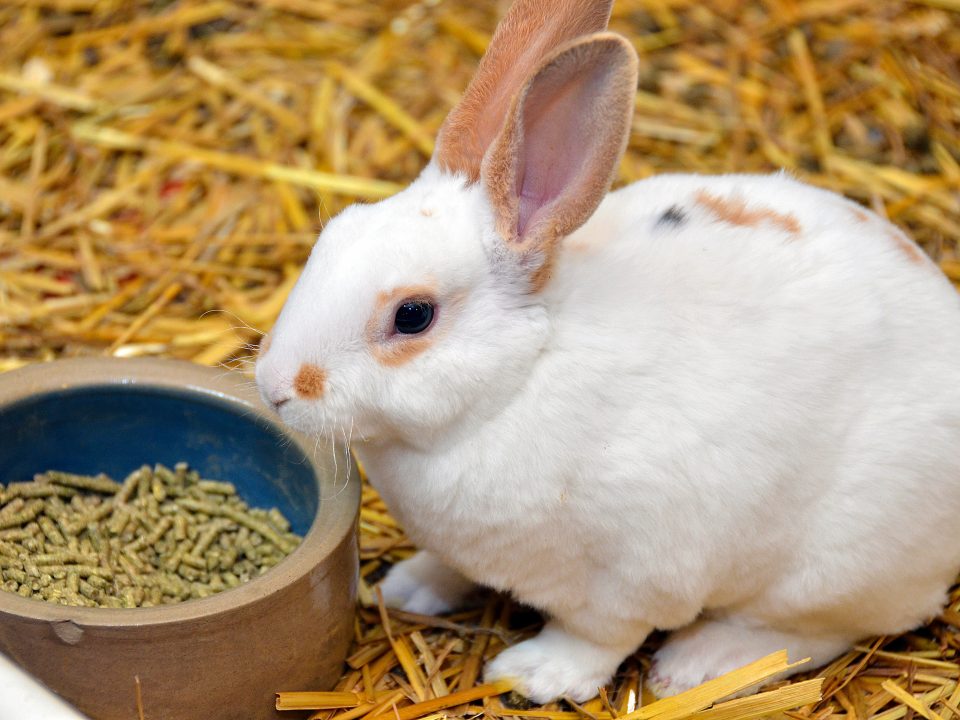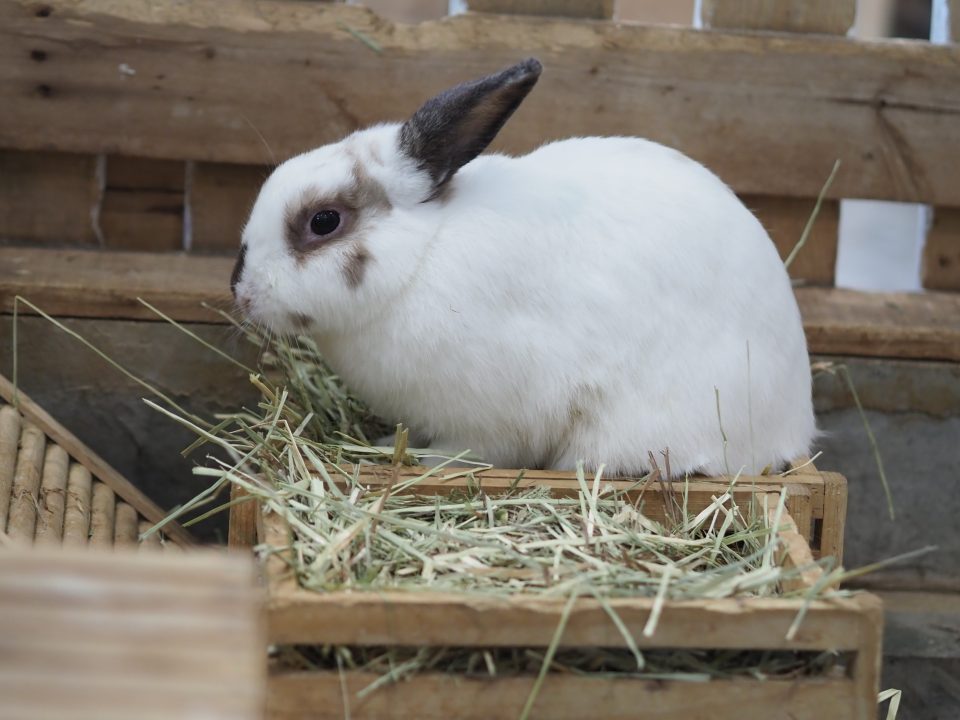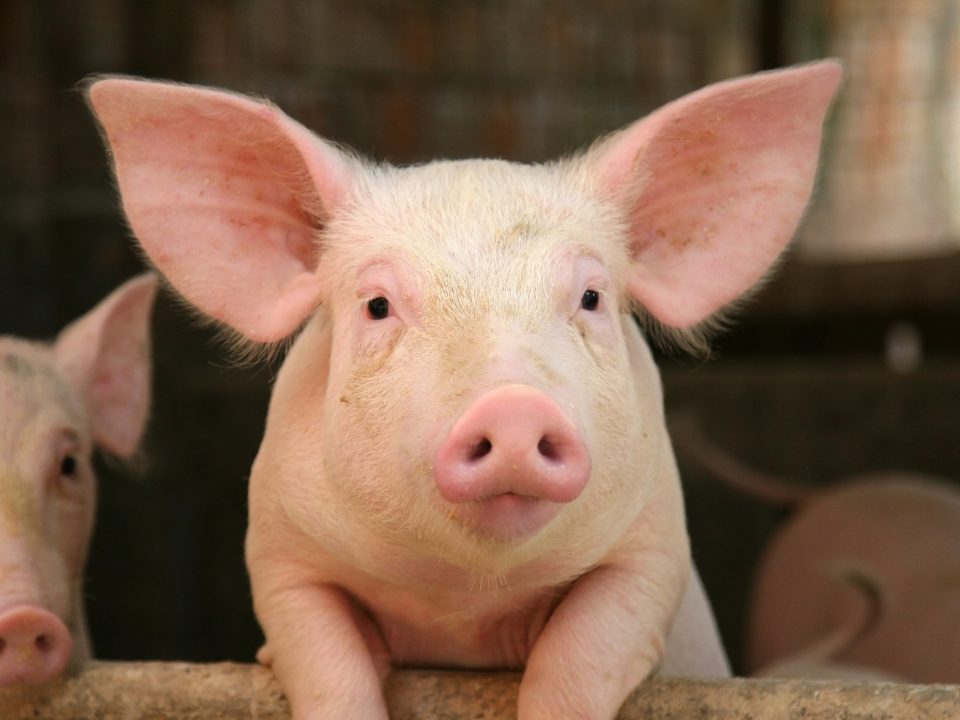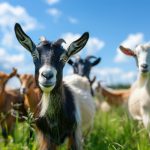
How to Prevent Urinary Calculi in Male Goats
April 15, 2025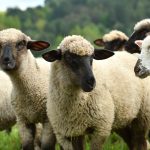
Copper Toxicity in Sheep: What You Need to Know
April 15, 2025Sheep vs. Goat Nutrition: What’s the Difference?
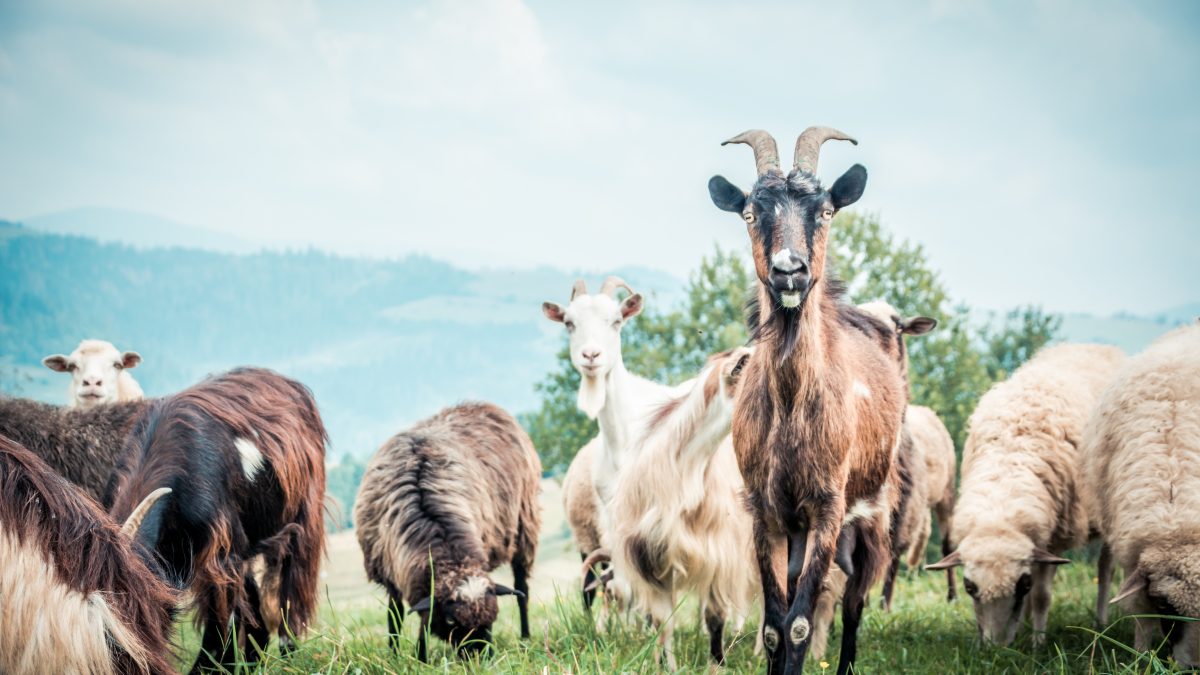
Understanding the Nutritional Needs of Sheep and Goats: What’s the Same and What’s Different
Sheep and goats are both small ruminants, and while they share many nutritional requirements, there are also key differences that need to be considered to ensure their health and productivity. Let’s explore the essential nutrients for both species and how their needs vary.
Similarities in Nutritional Needs
Both sheep and goats require five essential nutrients: water, energy (carbohydrates and fat), protein, vitamins, and minerals. These nutrients are crucial for maintaining their metabolic processes, growth, reproduction, and overall health.
- Water is the most essential nutrient for both sheep and goats. It is vital for digestion, nutrient absorption, and temperature regulation. Fresh, clean water should be available at all times to prevent dehydration and support optimal health.
- Energy is primarily provided through carbohydrates and fats. For both species, forage (such as hay) is a common source of energy. Carbohydrates and fats supply the calories needed for maintenance, growth, and lactation. Fat contains 2.25 times the amount of energy as starch, making it an efficient energy source.
- Protein is made up of amino acids and is essential for growth, reproduction, and lactation. Both sheep and goats obtain protein from their diet and from microbial protein produced in the rumen. Common protein sources include soybean meal and cottonseed meal.
- Vitamins & Minerals are required in small quantities but are crucial for various bodily functions. Both species need vitamins A, D, and E, as well as minerals like calcium, phosphorus, and magnesium. Trace minerals such as copper, zinc, and selenium are particularly important for the growth and development of young animals.
Differences in Nutritional Needs
While sheep and goats share many nutritional requirements, there are notable differences that must be addressed to meet their specific needs.
- Copper Toxicity – One of the most significant differences is copper toxicity. Sheep are highly susceptible to copper toxicity, which can be fatal. Therefore, sheep feed must have low copper levels. Goats, on the other hand, require higher levels of copper in their diet for optimal health.
- Feeding Practices – Goats are more selective feeders compared to sheep. They prefer browsing on shrubs and trees, while sheep are more likely to graze on grasses. This difference in feeding behavior means that goats may require a diet with more variety and higher quality forage.
- Nutrient Requirements During Lactation – Lactating goats typically require a higher protein and energy intake compared to sheep. Goats producing milk need a diet that supports milk production without suppressing fiber fermentation in the rumen. This balance is crucial to maintain milk fat content and overall rumen health.
- Body Condition Management – Goats often need more careful body condition management, especially during breeding and lactation. Thin goats require better quality forage and additional supplementation to achieve the desired body condition. Sheep generally have more consistent forage and supplement intakes.
Conclusion
Understanding the nutritional needs of sheep and goats is essential for their health and productivity. While they share many similarities, such as the need for water, energy, protein, vitamins, and minerals, there are key differences that must be considered. Copper toxicity in sheep, the selective feeding behavior of goats, and the varying nutrient requirements during lactation are just a few examples of the unique dietary needs of these animals. By tailoring their diets to meet these specific needs, you can ensure that both your sheep and goats receive the nutrition they need to thrive.
For information about Country Companion Goat Feed, visit https://countrycompanion.com/goat-feed/.

